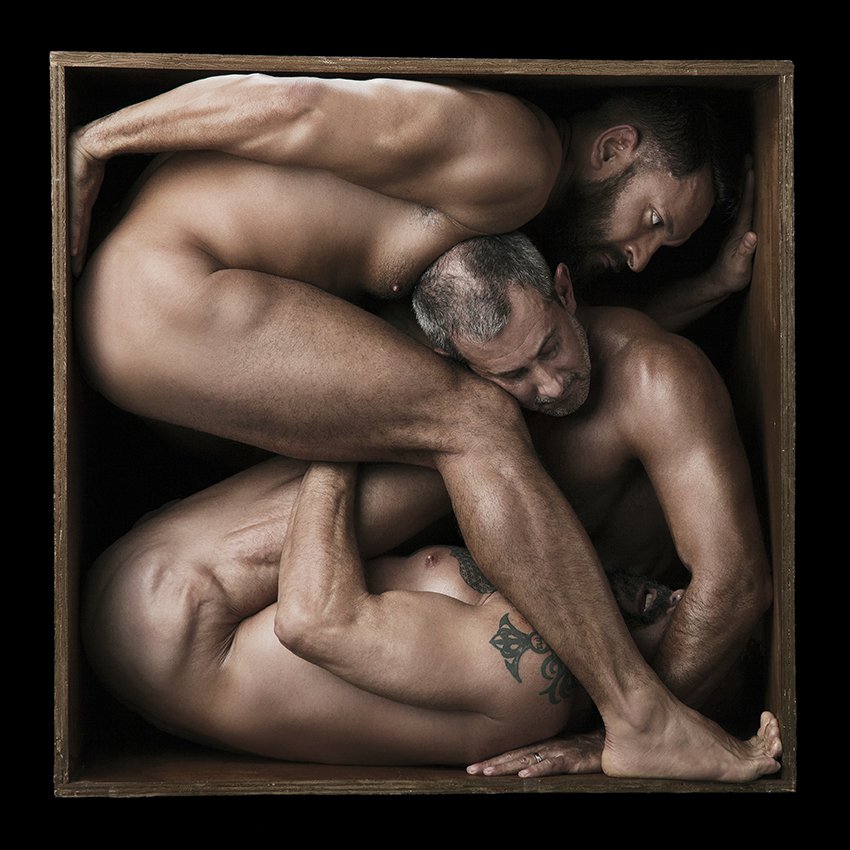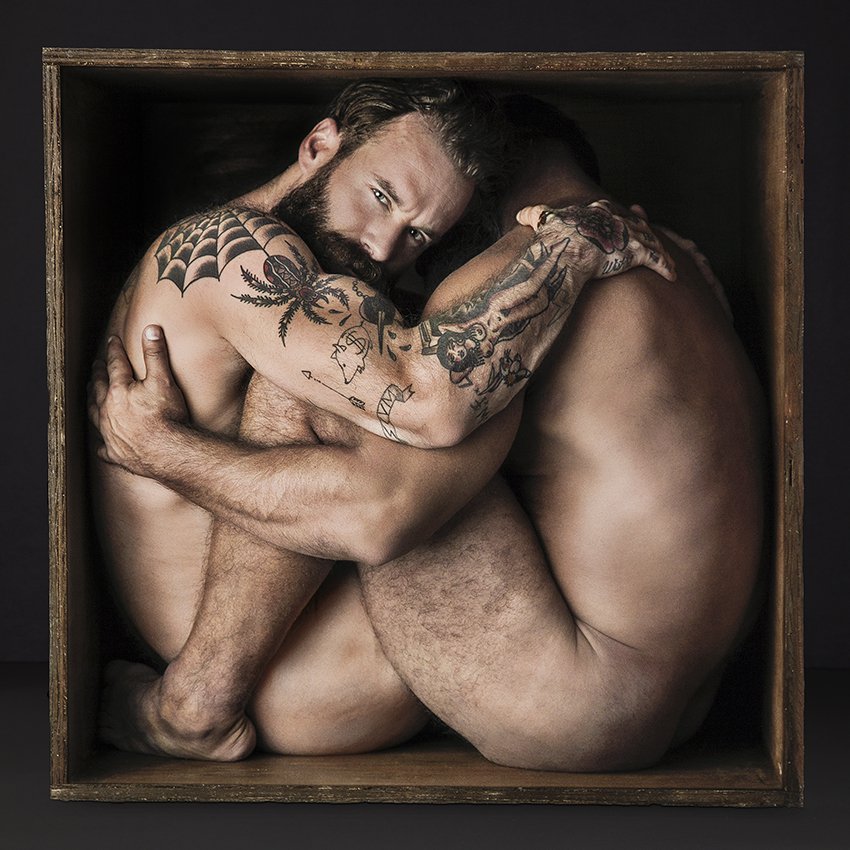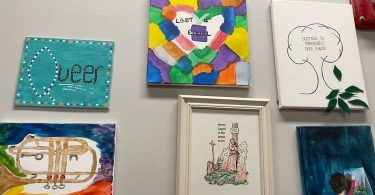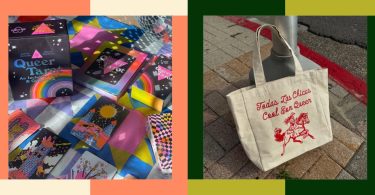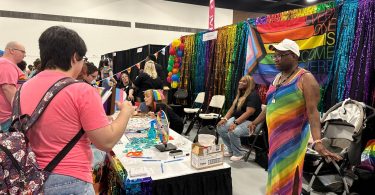Ron Amato
The Box by photographer Ron Amato features gay men in a box
New York-based photographer Ron Amato has earned himself a reputation for shooting beautiful images of muscled hunks.
His latest collection again features stunning men but in an unusual setting: most of them are inside the confined space of a wooden box.

Amato lives in Brooklyn with his husband Seth and their two Fox Terriers, Ben and Zeb. He’s an Associate Professor of Photography at New York City’s FIT (The Fashion Institute of Technology).
It was through his work at the Institute that this latest collection came about.
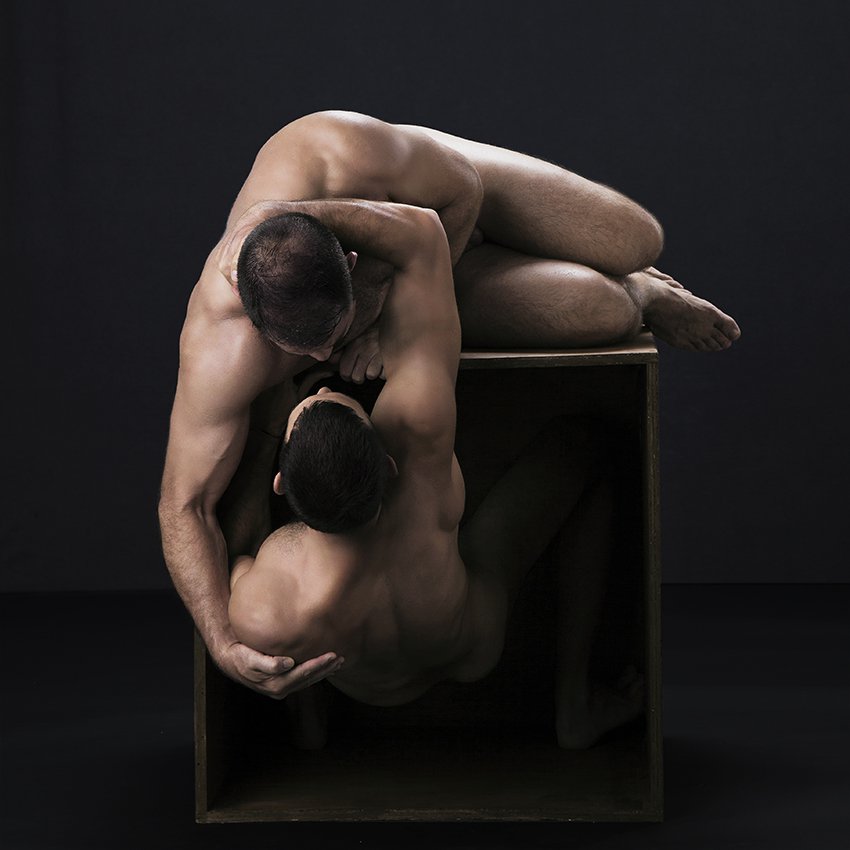
‘There are about four photo studios in the department, and there are all of these wooden boxes of various sizes that occupy the studios.
‘They’re meant for supporting tables or propping things up, or covering with fabric, or whatever people want to use them for. They’re not meant to be seen in photographs. I have not allowed my students to use the boxes as props to be seen because that’s a lazy way to come up with a prop when they forget to bring one in!
‘My caveat for that was if you have a conceptual reason to show the box. And I thought I really should give them an example of what I mean by that.
‘So with that in mind I went into the studio and thought how could you conceptually use a box. I did the first shoot with a model called Nick Potenzieri, a yoga master who has incredible control over his body. That started it out. I didn’t know it was going to be a big project at that time, it was going to be a one-time shoot.
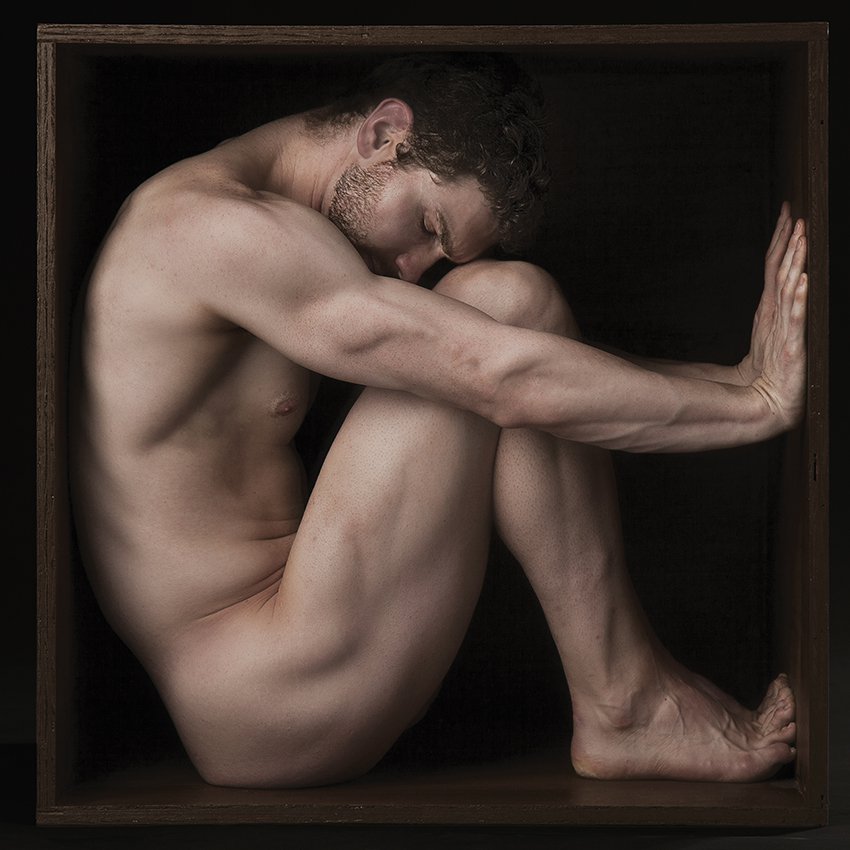
‘The enigma of attraction has been an ongoing question’
Excited by the first images, Amato had further, bigger boxes constructed.
‘Different kinds of emotional states emerged from the photographs, which I applied to the eight chapters of the book. I apply it to my own development as a gay men from my childhood to present day. That’s it in a nutshell.’
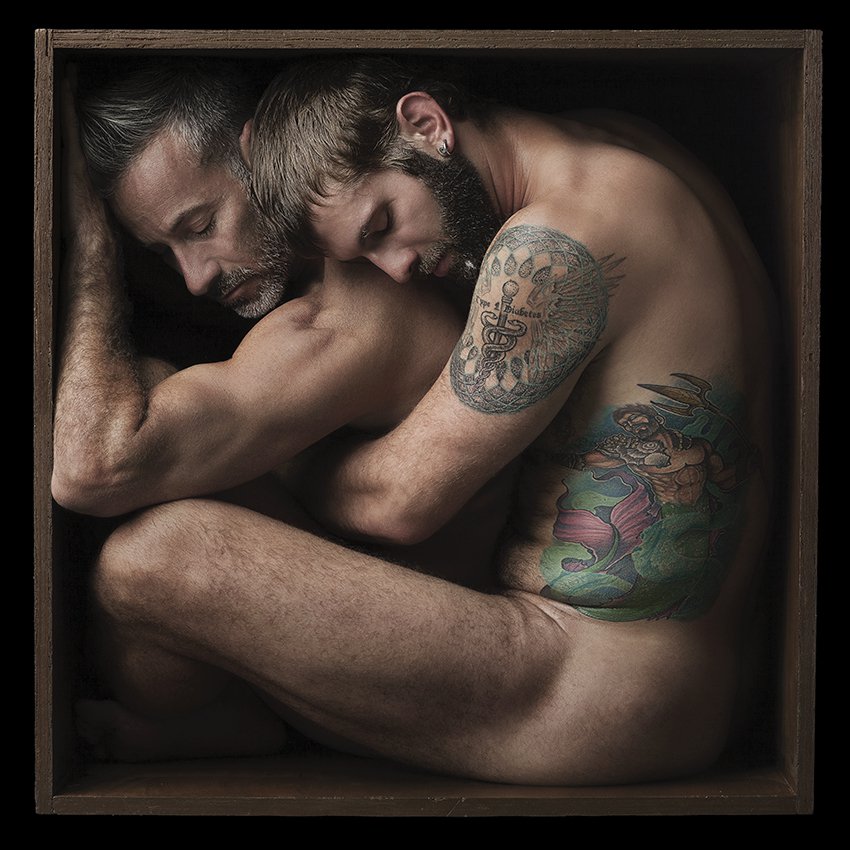
Amato’s work has been exhibited across the US and internationally, and appeared in publications including Men’s Health, Men’s Fitness and Sports Illustrated.
He was able to embark on the Box project through turning to Kickstarter campaign. It raised over $25,000 – beating its original target and allowing Amato to extend the book from 96 to 110 pages. It features around 30 models.
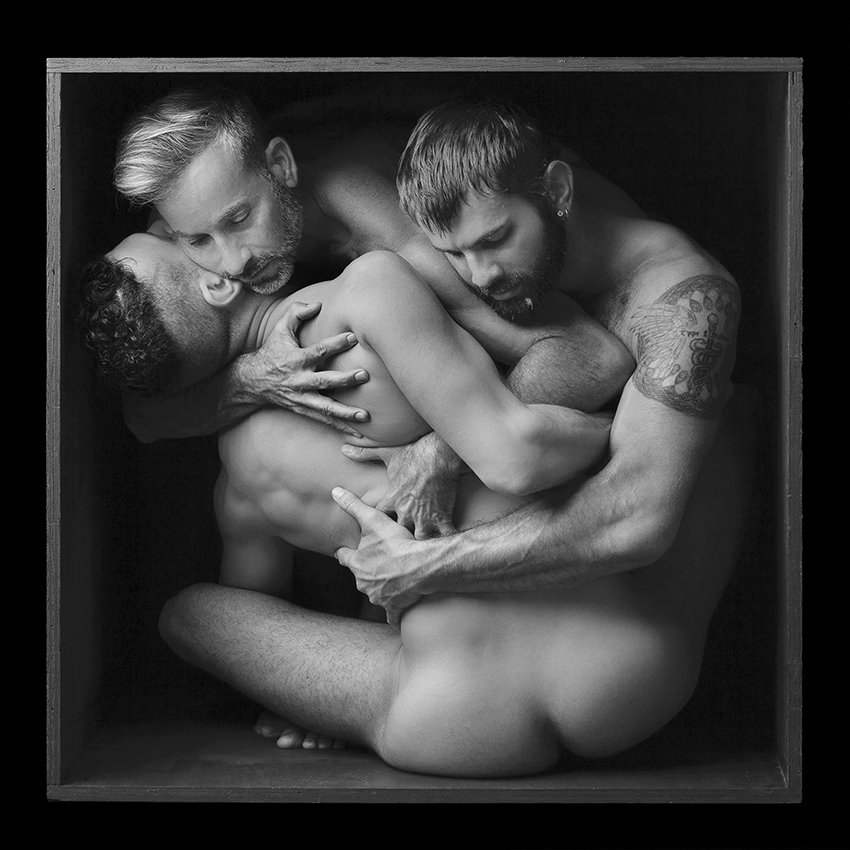
‘The object at once represents an obstacle and a tool for acceptance and pride. The Box represents eight concepts that follow the arc of my life from isolation to empowerment,’ Amato explained on his Kickstarter page.
‘Along the way I grappled with adversity and conflict, longed to be in love, found ways to satiate desires, eventually becoming empowered and connecting with community.
‘Most of my artwork explores issues of sexuality. The enigma of attraction has been an ongoing question. With The Box I was able to explore those themes more deeply, helping me develop a better understanding of myself as a gay man and the larger gay universe.’
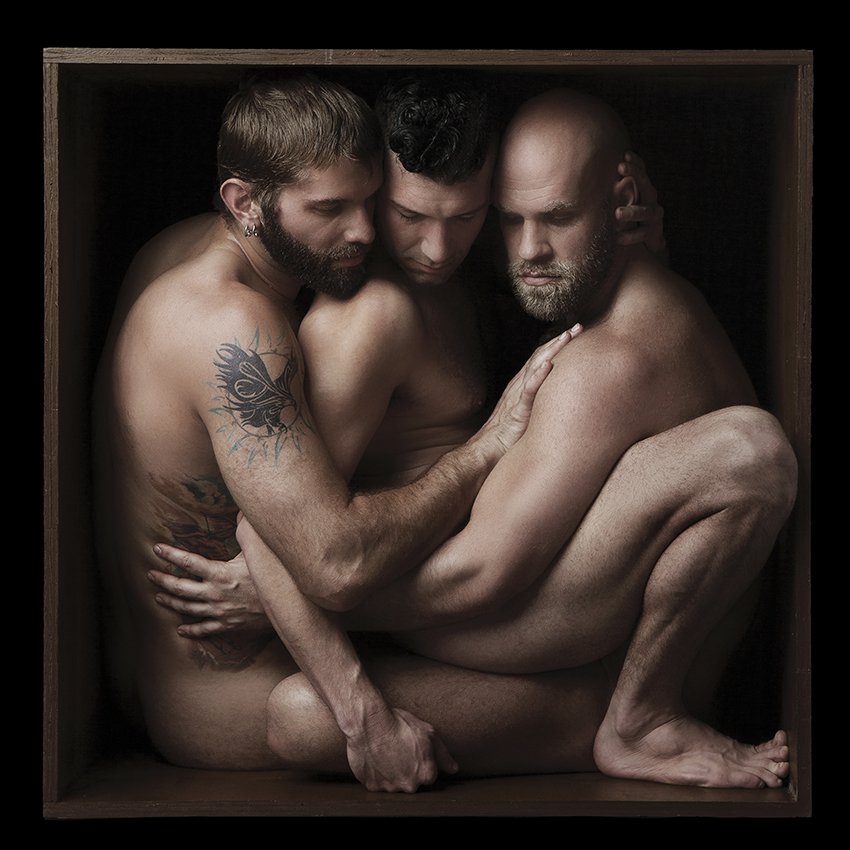
Ron Amato: ‘At one point in my life I really decided to take back my masculinity’
The images can feel claustrophobic – are we trapped by our desires or by society’s reaction towards them?
What about his choice of models – mainly found by Amato through social media. They’re all, well, pretty hunky. Can gay men also feel limited by notions of beauty?
‘I think a lot of it comes back to me and my own psyche: my own issues around being gay and specifically around being gay and in an urban center like New York City,’ says Amato over the phone.
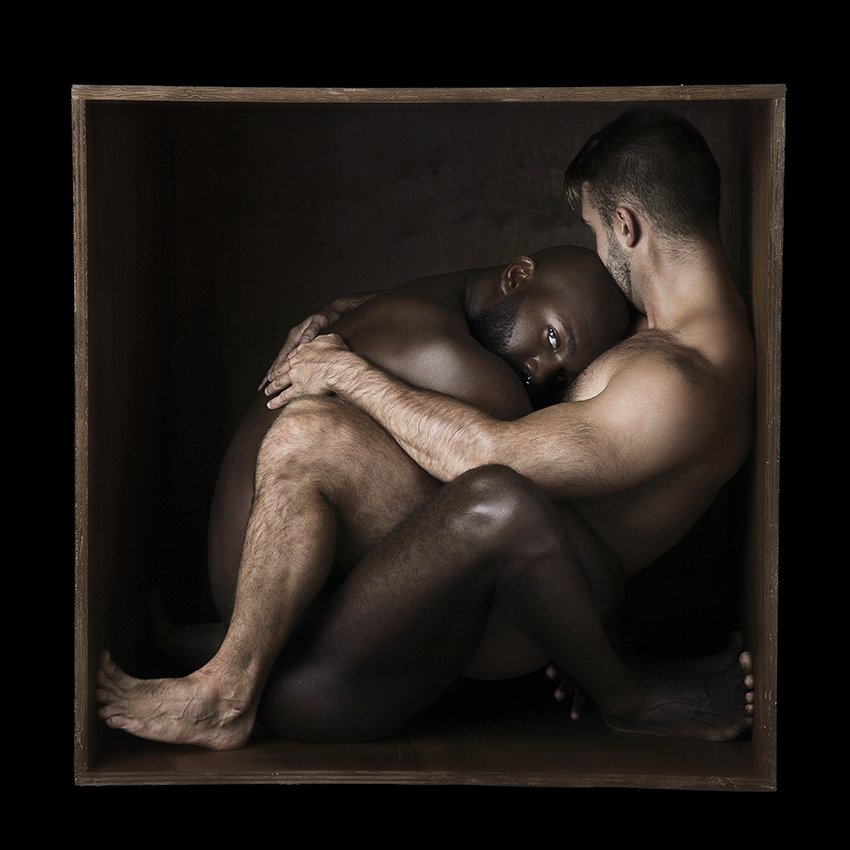
‘I was signing books at a book store in New York and we had a very rich conversation about masculinity. Somebody said, “These men all seem quite masculine,” and I think that really comes back to me.
‘At one point in my life I really decided to take back my masculinity. I think that growing up in the 60s and 70s, growing up as a gay boy and teenager, and young adult, there was an expectation that I wouldn’t be masculine, that I couldn’t be masculine. That I would instead be effeminate.
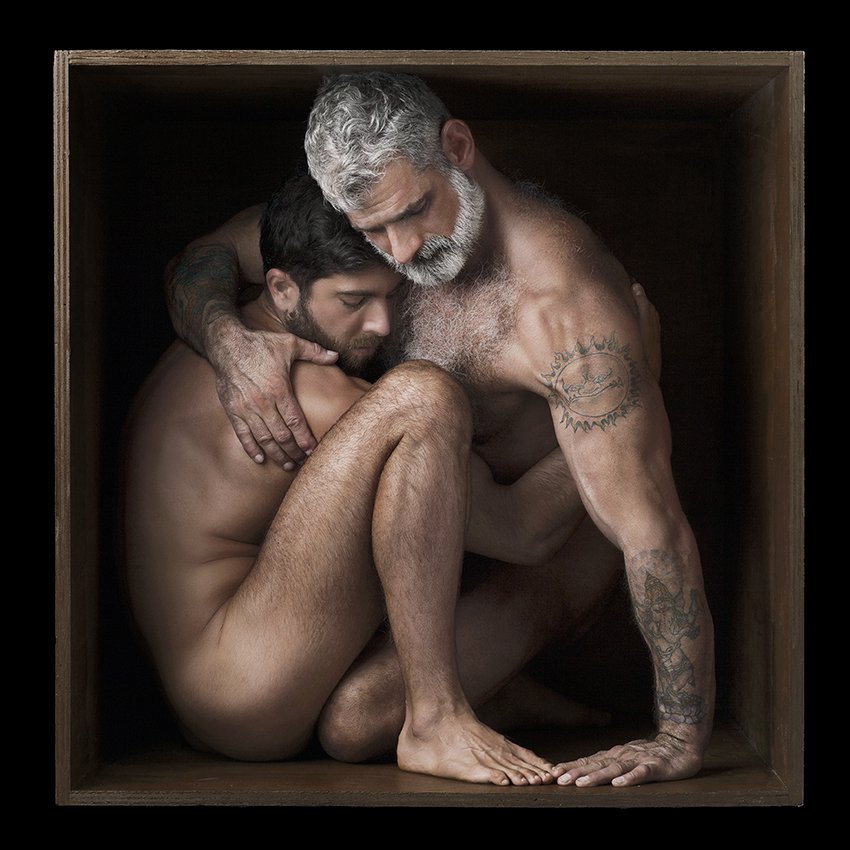
‘I want to be really clear, I’m not disregarding the fluidity of gender and how people present themselves, but I really like masculinity. I like to be masculine. The gym culture kind of grew out of some gay men taking back the notion of masculinity for themselves.
‘I think a number of [the models] aren’t what people might think of as conventionally beautiful. I really don’t cast men who you might find in an advert or magazine spread. I’m looking for real-looking men. Men you’d encounter every day.’
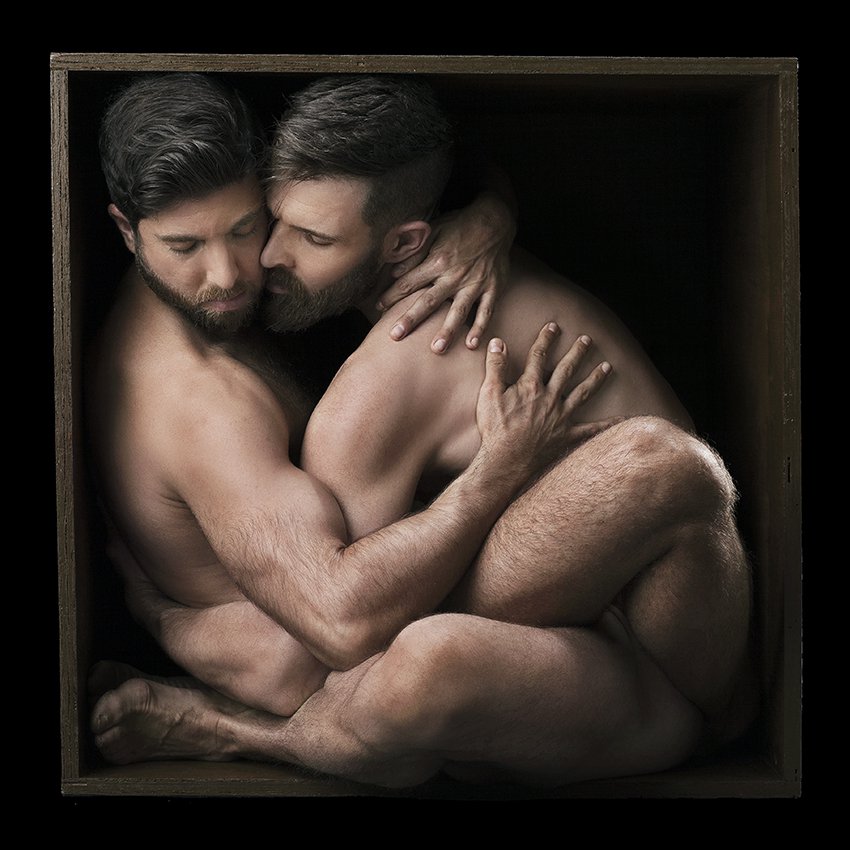
‘This is my celebration of gay men being masculine, which is kind of a thread going throughout my work. Although they do seem masculine, there is a real vulnerability in the photographs and affection, reliance and intimacy between the men.
‘That is what I really want to show in my work, how reliant we are on each other, and how vulnerable we can be, and how we can support each other.
The Box is out in hardback in bookstores now and can be order from Amazon online from 1 June.
